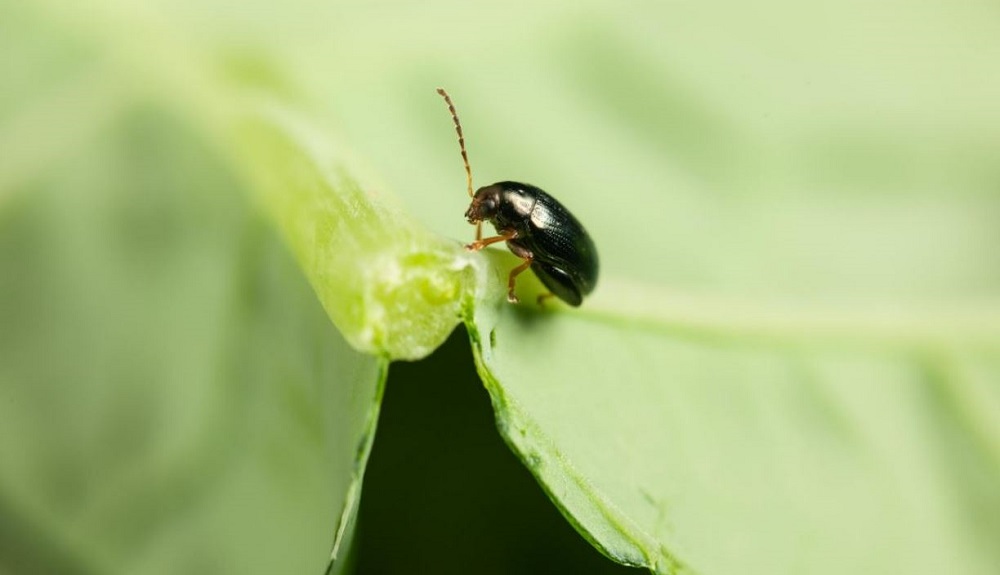
A new set of cabbage stem flea beetle (CSFB) management strategies has been launched in a major effort to restore the fortunes of oilseed rape (OSR) across the UK.
Described as the strongest recommendations to date, the top ten strategies were developed by a group of stakeholders committed to supporting the future of this vital break crop.
The integrated approach is designed to significantly reduce the risk posed by CSFB, especially when the techniques are used in combination.
The management strategies were identified as part of the OSR Reboot initiative, which is led by United Oilseeds.
The initiative established a consortium to provide a collaborative path to help UK farmers grow stable and profitable oilseed rape crops.
Sacha White, lead crop protection scientist at AHDB, which helped develop the strategies, said: “The amount of oilseed rape grown in the UK in recent years has fallen sharply, partly due to CSFB pressures.
“However, the demand for oilseeds remains strong and the crop provides good market and rotational opportunities.
“These evidence-based management strategies will reduce the risks associated with the pest and stack the odds in the favour of farmers.
"Most of the strategies focus on decreasing damage during the crop’s critical early growth stages, which requires careful planning ahead of drilling.”
Top ten strategies
• Ditch the date – Avoid sticking to traditional sowing dates; opt for early or late sowing to sidestep the peak migration window, usually between late August and mid-September.
• Chase perfection at establishment – Wait for adequate soil moisture before sowing, use high-quality seed, ensure strong seed-to-soil contact, provide sufficient nutrients, and choose varieties with suitable vigour for the sowing window.
• Keep your distance – Increase spatial or temporal separation from previous OSR crops to reduce pest pressure.
• Improve larval tolerance – Target fewer, larger plants that are more resilient to larval feeding.
• Make use of muck – Organic material applications can deter beetle damage and support early crop development.
• Park the pyrethroids – Avoid reliance on pyrethroid insecticides due to growing resistance and their negative impact on beneficial insects.
• Create companions – Companion crops such as oats, buckwheat, and berseem clover, or intercrops like faba beans, can provide physical protection from CSFB.
• Build brassica buddies – Plant sacrificial brassica strips (e.g. turnip rape) or use OSR volunteer trap crops to attract beetles away from main crops.
• Stir it up post-harvest – Lightly cultivate OSR stubble soon after harvest to target newly emerging CSFB.
• Unlock hidden gems – Explore additional integrated pest management tools to build a robust, multi-layered defence.
